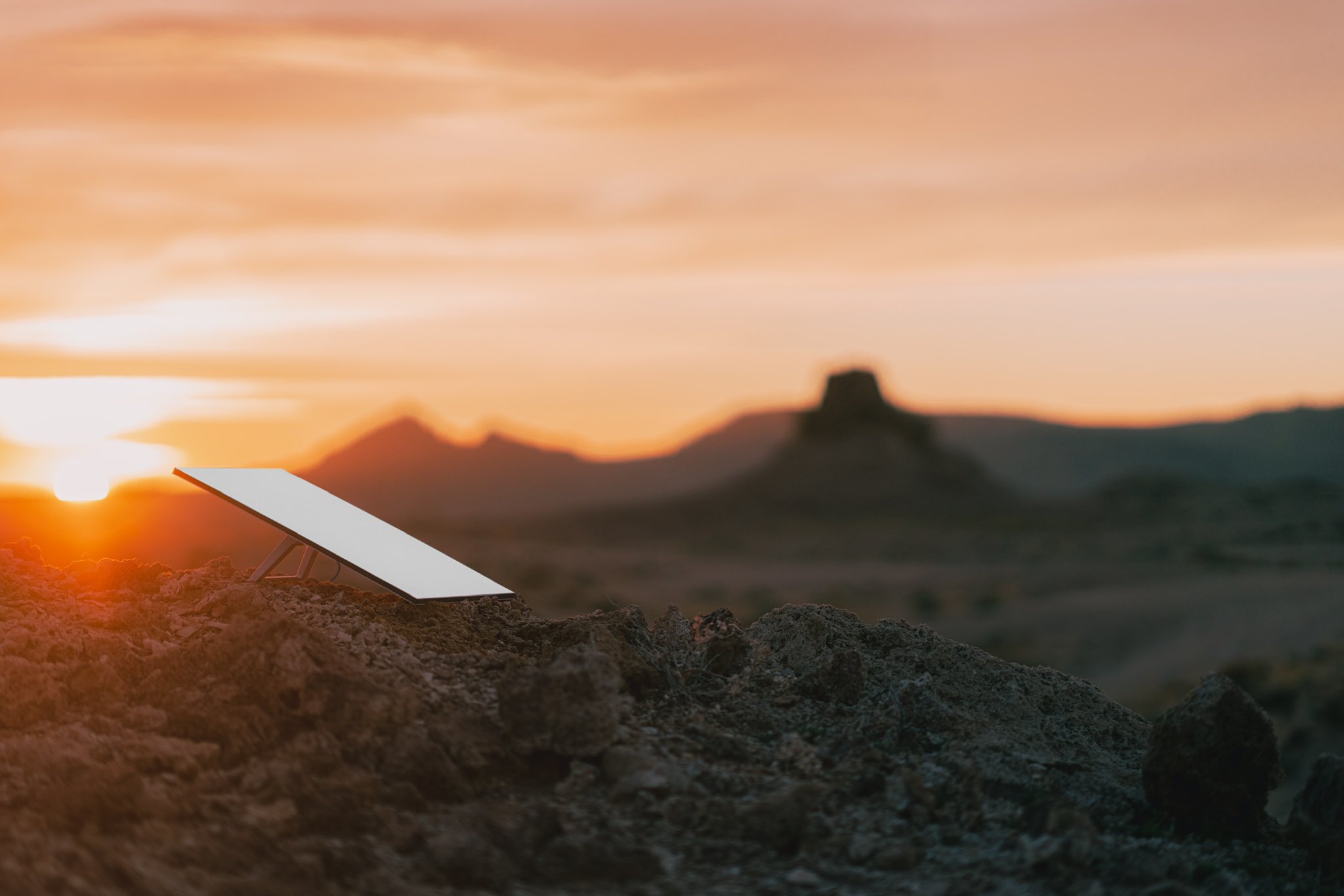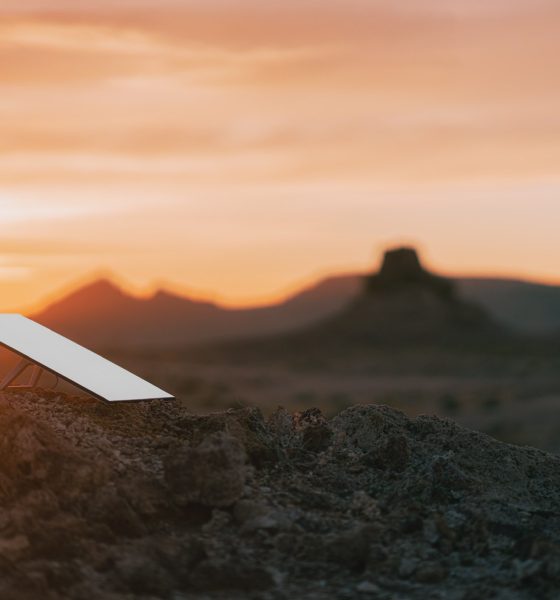

News
Starlink a key technology for Brazil’s military: Department of Ministry letter
Recent reports have indicated that Brazil’s ongoing conflict with social media platform X has spilled over to Starlink, which provides satellite internet services to the country. Interestingly enough, Starlink has been dubbed as a key part of Brazil’s defense operations, at least according to a letter from the Ministry of Defense.
On Thursday, Brazilian Supreme Court Judge Alexander de Moraes blocked Starlink’s financial accounts in the country, resulting in SpaceX no longer being able to get payments from its Brazilian users. SpaceX CEO Elon Musk criticized the Supreme Court Judge’s move, though he stated that Starlink will offer free internet services to Brazil since many remote schools and hospitals depend on the satellite internet system for their communications.
As could be seen in a letter from the Ministry of Defense from June, it is not only schools and hospitals that depend on Starlink for communications. The letter, addressed to the Chief of Staff of the Minister of State for Defense, highlighted several of Starlink’s contributions to the country’s military.
??? BRAZIL'S MILITARY RELIES ON STARLINK FOR OPERATIONS & SECURITY
A new letter from Brazil's Defense Ministry reveals that Starlink is vital for military operations, training, and strategic readiness across the nation.
Canceling the contract could compromise critical… https://t.co/SmyOPAC1m4 pic.twitter.com/C8CA91BYdp— Mario Nawfal (@MarioNawfal) August 30, 2024
Following are the main points of the Brazilian Ministry of Defense’s letter.
- The referred system is used in operations, in Civic Social Actions, in training, among other activities. The contract is justified by the ease, flexibility, and speed that the Starlink equipment provides for the establishment of Command and Control links. Control, providing the necessary strategic readiness to that Great Operational Command to be used throughout the national territory.
- It is understood that, in the event of a possible cancellation of the contract with the aforementioned company, there may be harm to the strategic use of specialized troops, as the capabilities delivered by the company provide, among other factors, redundancy operational, high reliability, fast installation, high bandwidth rates, covering great distances with virtually no interference from terrain or conditions atmospheric conditions, as well as for use in places without any infrastructure.
- In this context, it is clear that the technology offered by the company could, in a possible new hire, to be used to serve the Special Border Platoons (PEF), located in places that are difficult to access and that do not have the availability of services from conventional Internet operators, benefiting the entire surrounding population.
Starlink’s military use has been proven over the past years. The system has been invaluable in the Russia-Ukraine war, with Ukrainian forces using the satellite system in their operations. Starlink is also being used in the UAE’s Emirati field hospital in Gaza. SpaceX has also launched Starshield, a militarized version of the satellite internet service with enhanced encryption and other security features.
Don’t hesitate to contact us with news tips. Just send a message to simon@teslarati.com to give us a heads up.

News
Tesla FSD fleet is nearing 7 billion total miles, including 2.5 billion city miles
As can be seen on Tesla’s official FSD webpage, vehicles equipped with the system have now navigated over 6.99 billion miles.

Tesla’s Full Self-Driving (Supervised) fleet is closing in on almost 7 billion total miles driven, as per data posted by the company on its official FSD webpage.
These figures hint at the massive scale of data fueling Tesla’s rapid FSD improvements, which have been quite notable as of late.
FSD mileage milestones
As can be seen on Tesla’s official FSD webpage, vehicles equipped with the system have now navigated over 6.99 billion miles. Tesla owner and avid FSD tester Whole Mars Catalog also shared a screenshot indicating that from the nearly 7 billion miles traveled by the FSD fleet, more than 2.5 billion miles were driven inside cities.
City miles are particularly valuable for complex urban scenarios like unprotected turns, pedestrian interactions, and traffic lights. This is also the difference-maker for FSD, as only complex solutions, such as Waymo’s self-driving taxis, operate similarly on inner-city streets. And even then, incidents such as the San Francisco blackouts have proven challenging for sensor-rich vehicles like Waymos.
Tesla’s data edge
Tesla has a number of advantages in the autonomous vehicle sector, one of which is the size of its fleet and the number of vehicles training FSD on real-world roads. Tesla’s nearly 7 billion FSD miles then allow the company to roll out updates that make its vehicles behave like they are being driven by experienced drivers, even if they are operating on their own.
So notable are Tesla’s improvements to FSD that NVIDIA Director of Robotics Jim Fan, after experiencing FSD v14, noted that the system is the first AI that passes what he described as a “Physical Turing Test.”
“Despite knowing exactly how robot learning works, I still find it magical watching the steering wheel turn by itself. First it feels surreal, next it becomes routine. Then, like the smartphone, taking it away actively hurts. This is how humanity gets rewired and glued to god-like technologies,” Fan wrote in a post on X.
News
Tesla starts showing how FSD will change lives in Europe
Local officials tested the system on narrow country roads and were impressed by FSD’s smooth, human-like driving, with some calling the service a game-changer for everyday life in areas that are far from urban centers.

Tesla has launched Europe’s first public shuttle service using Full Self-Driving (Supervised) in the rural Eifelkreis Bitburg-Prüm region of Germany, demonstrating how the technology can restore independence and mobility for people who struggle with limited transport options.
Local officials tested the system on narrow country roads and were impressed by FSD’s smooth, human-like driving, with some calling the service a game-changer for everyday life in areas that are far from urban centers.
Officials see real impact on rural residents
Arzfeld Mayor Johannes Kuhl and District Administrator Andreas Kruppert personally tested the Tesla shuttle service. This allowed them to see just how well FSD navigated winding lanes and rural roads confidently. Kruppert said, “Autonomous driving sounds like science fiction to many, but we simply see here that it works totally well in rural regions too.” Kuhl, for his part, also noted that FSD “feels like a very experienced driver.”
The pilot complements the area’s “Citizen Bus” program, which provides on-demand rides for elderly residents who can no longer drive themselves. Tesla Europe shared a video of a demonstration of the service, highlighting how FSD gives people their freedom back, even in places where public transport is not as prevalent.
What the Ministry for Economic Affairs and Transport says
Rhineland-Palatinate’s Minister Daniela Schmitt supported the project, praising the collaboration that made this “first of its kind in Europe” possible. As per the ministry, the rural rollout for the service shows FSD’s potential beyond major cities, and it delivers tangible benefits like grocery runs, doctor visits, and social connections for isolated residents.
“Reliable and flexible mobility is especially vital in rural areas. With the launch of a shuttle service using self-driving vehicles (FSD supervised) by Tesla in the Eifelkreis Bitburg-Prüm, an innovative pilot project is now getting underway that complements local community bus services. It is the first project of its kind in Europe.
“The result is a real gain for rural mobility: greater accessibility, more flexibility and tangible benefits for everyday life. A strong signal for innovation, cooperation and future-oriented mobility beyond urban centers,” the ministry wrote in a LinkedIn post.
News
Tesla China quietly posts Robotaxi-related job listing
Tesla China is currently seeking a Low Voltage Electrical Engineer to work on circuit board design for the company’s autonomous vehicles.

Tesla has posted a new job listing in Shanghai explicitly tied to its Robotaxi program, fueling speculation that the company is preparing to launch its dedicated autonomous ride-hailing service in China.
As noted in the listing, Tesla China is currently seeking a Low Voltage Electrical Engineer to work on circuit board design for the company’s autonomous vehicles.
Robotaxi-specific role
The listing, which was shared on social media platform X by industry watcher @tslaming, suggested that Tesla China is looking to fill the role urgently. The job listing itself specifically mentions that the person hired for the role will be working on the Low Voltage Hardware team, which would design the circuit boards that would serve as the nervous system of the Robotaxi.
Key tasks for the role, as indicated in the job listing, include collaboration with PCB layout, firmware, mechanical, program management, and validation teams, among other responsibilities. The role is based in Shanghai.
China Robotaxi launch
China represents a massive potential market for robotaxis, with its dense urban centers and supportive policies in select cities. Tesla has limited permission to roll out FSD in the country, though despite this, its vehicles have been hailed as among the best in the market when it comes to autonomous features. So far, at least, it appears that China supports Tesla’s FSD and Robotaxi rollout.
This was hinted at in November, when Tesla brought the Cybercab to the 8th China International Import Expo (CIIE) in Shanghai, marking the first time that the autonomous two-seater was brought to the Asia-Pacific region. The vehicle, despite not having a release date in China, received a significant amount of interest among the event’s attendees.








